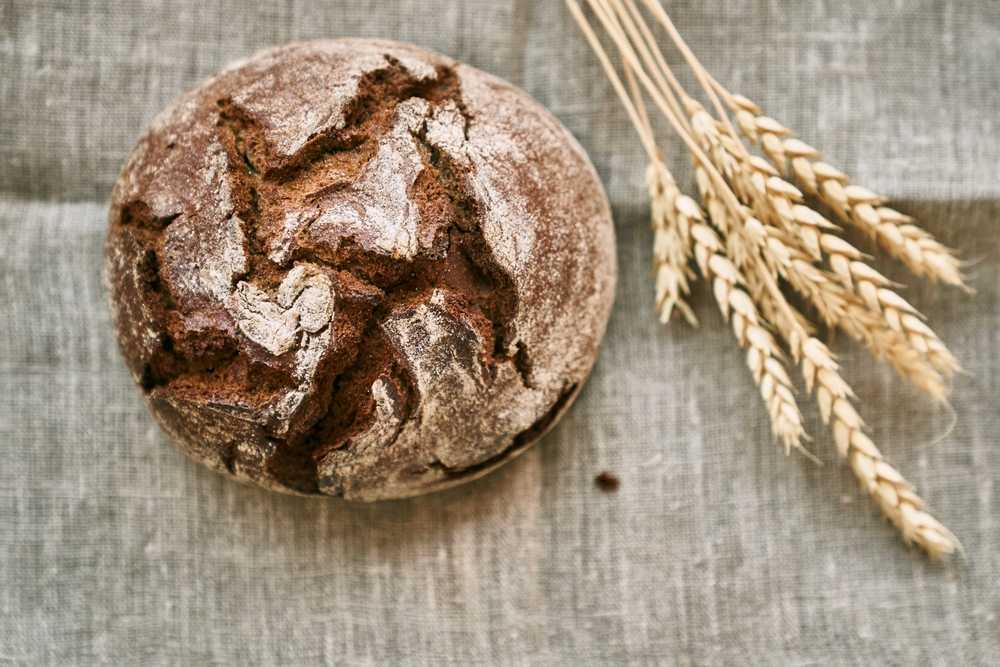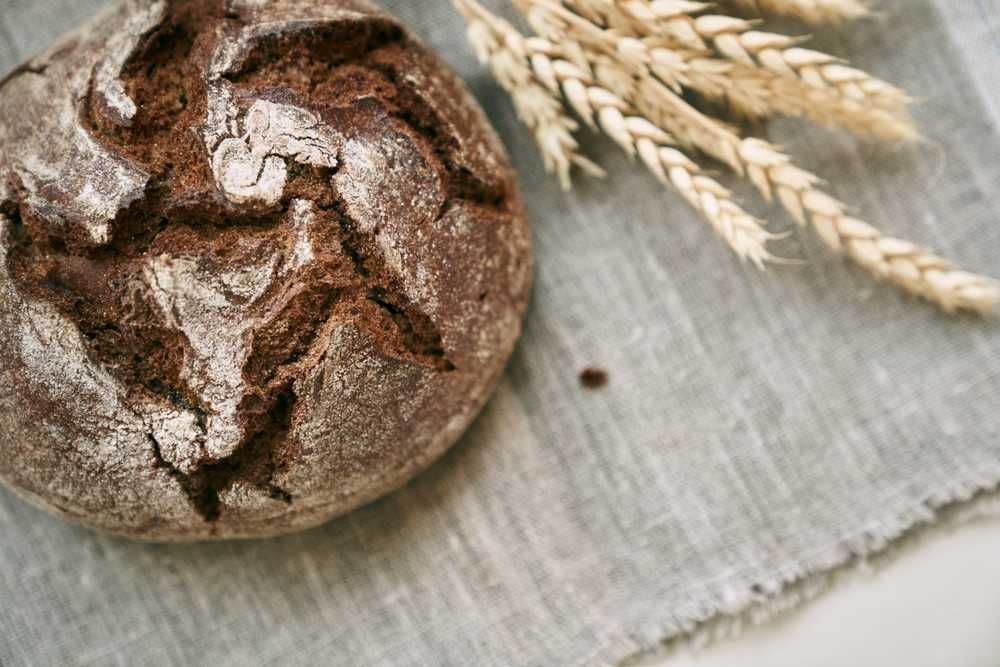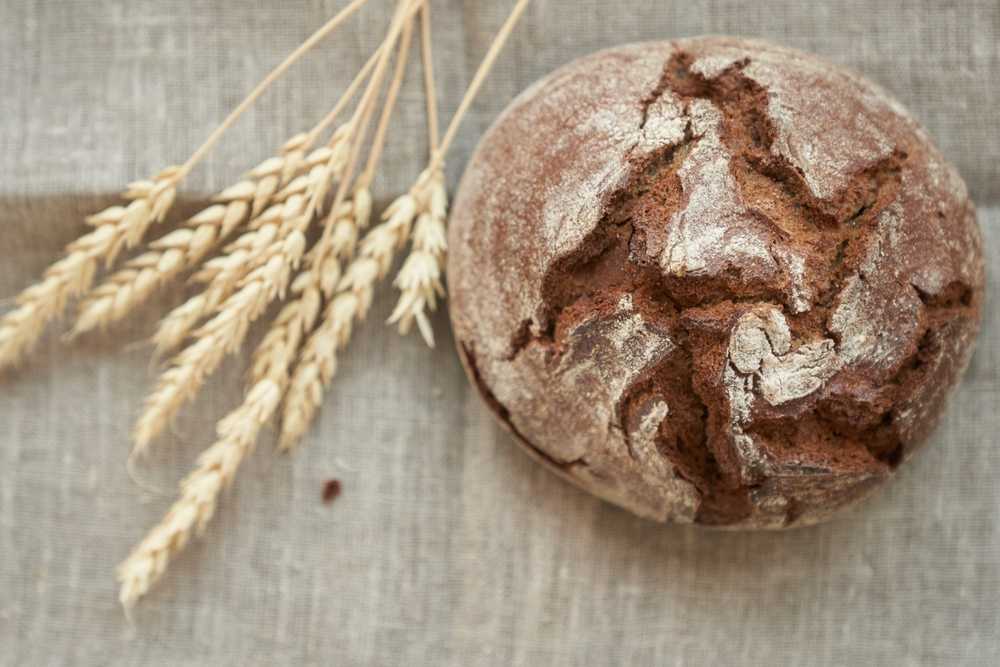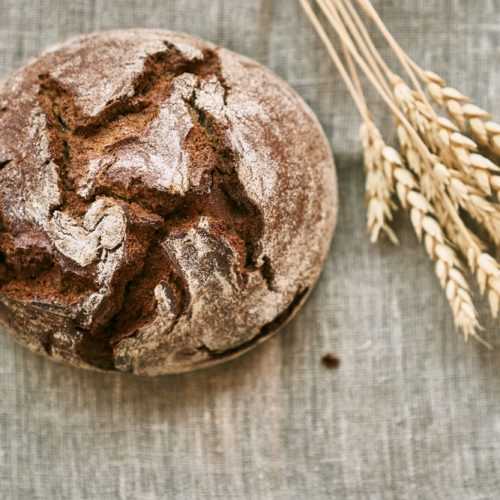There's something special about making your own bread, especially when it's sourdough rye. This recipe brings the old-world charm of rye bread together with the tangy kick of sourdough, creating a loaf that's not just delicious but also deeply satisfying to bake. Rye flour gives the bread a unique flavor that's earthy and slightly sour, while the sourdough starter adds a natural leavening that's both fun and fascinating to work with.

Whether you're a bread-making newbie or a seasoned baker, this recipe is a delightful journey into the world of artisan bread baking, promising a loaf that's as rewarding to make as it is to eat.
Why This Recipe Works
This sourdough rye bread recipe is a winner because it's straightforward yet produces a loaf that feels artisanal and complex in flavor. The combination of rye flour with a sourdough starter not only yields a bread that's hearty and flavorful but also one that's good for your gut, thanks to the fermentation process. Rye flour is known for its health benefits, including high fiber content, which makes this bread a nutritious option. Plus, the natural fermentation of the sourdough starter means you're baking a loaf that's easier to digest and full of beneficial bacteria.
What sets this recipe apart is its adaptability. You can tweak the balance of rye to bread flour to suit your taste, making it as dense or as light as you prefer. The process of creating your sourdough starter (if you're starting from scratch) is immensely satisfying, and watching it come to life adds a magical element to your baking. This recipe demystifies the art of sourdough baking, making it accessible and enjoyable. Whether you're looking to impress your guests or simply want to enjoy the pleasures of homemade bread, this sourdough rye bread is a fulfilling project that rewards you with a loaf packed with flavor and tradition.

Ingredients
Rye Flour - This gives the bread its distinct flavor and dense texture. Whole grain rye flour is best, but light rye can be used for a lighter loaf.
Bread Flour - Helps add structure and elasticity to the dough, making it easier to handle. If needed, all-purpose flour can be a substitute, but the texture might be slightly different.
Sourdough Starter - The heart of the bread, providing leavening and a tangy flavor. If you don’t have a starter, you might need to borrow some from a friend or start your own, as there’s no direct substitute.
Water - Hydrates the flour, activating the gluten and starter. The temperature of the water can affect the rise of your bread, with warmer water speeding up fermentation.
Salt - Enhances flavor and strengthens the gluten structure. Sea salt or kosher salt are preferable for their clean taste.
Tips
- Maintain your sourdough starter at its peak activity for the best rise.
- Autolyse the flour and water (mix and let them sit) before adding salt and starter to make the dough easier to work with.
- Stretch and fold the dough several times during the first few hours of rising to improve the structure.
- Bake with steam (like adding a pan of water to the oven) to get a crispy crust.
- Allow the bread to cool completely before slicing to finish the cooking process inside and develop flavor.

How to Serve
Sourdough rye bread is wonderfully versatile and can be enjoyed in many ways. Its hearty texture and deep flavors make it an excellent choice for sandwiches with strong-flavored fillings, such as smoked meats or sharp cheeses. The bread's robustness also makes it a perfect companion for creamy soups or stews, where its dense crumb can soak up flavors without falling apart.
- As a base for avocado toast, where the rye's tanginess complements the creamy avocado beautifully.
- Sliced thinly and served with smoked salmon and cream cheese for a luxurious breakfast or brunch.
- Toasted and buttered, alongside a bowl of hearty beef or vegetable stew, providing a satisfying crunch and flavor contrast.
Similar Recipes

Sourdough Rye Bread
Ingredients
- 1 cup 100g rye flour
- 2 cups 250g bread flour
- 1 cup 200g active sourdough starter
- 1 cup 240ml water, room temperature
- 1.5 teaspoons 9g salt
- Optional: seeds such as caraway or fennel for flavor
Instructions
- Mix rye flour, bread flour, and water in a large bowl. Let sit for 30 minutes for autolyse.
- Add the sourdough starter and salt to the flour mixture. Mix until well combined.
- Knead the dough on a lightly floured surface until smooth and elastic, about 10 minutes.
- Place the dough in a lightly oiled bowl, cover, and let it rise until doubled, about 8-12 hours, depending on your kitchen’s temperature.
- After the first rise, shape the dough into a loaf and place it into a floured proofing basket or a bowl lined with a clean kitchen towel. Let it rise for another 2 hours.
- Preheat your oven to 450°F (230°C) with a baking stone or inverted baking tray inside. Place a pan of water on the bottom rack to create steam.
- Turn the dough onto a parchment paper, score the top with a sharp knife or lame, and transfer it to the preheated stone or tray.
- Bake for 35-40 minutes until the crust is dark brown and the loaf sounds hollow when tapped on the bottom.
- Let the bread cool on a wire rack for at least an hour before slicing.
Notes
• Autolyse the flour and water (mix and let them sit) before adding salt and starter to make the dough easier to work with.
• Stretch and fold the dough several times during the first few hours of rising to improve the structure.
• Bake with steam (like adding a pan of water to the oven) to get a crispy crust.
• Allow the bread to cool completely before slicing to finish the cooking process inside and develop flavor.